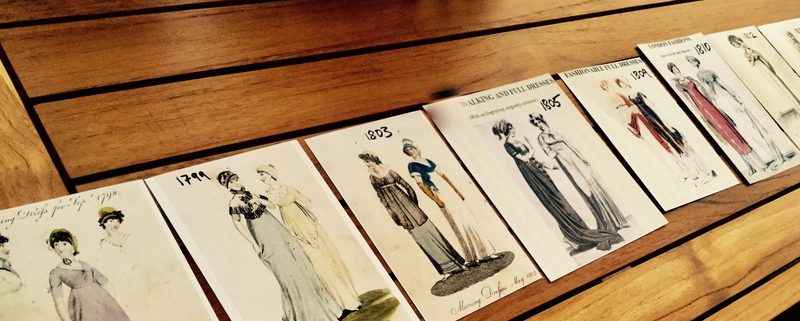Research for writing 2: THE TEXTURE OF LIVED EXPERIENCE
The writing has been going slowly during the last couple of weeks, not because I’ve been slacking but because I’ve been researching more than usual as I write. It’s a reminder that research, for a writer, is so much more than checking names and dates and background events when drafting the plot.
I’ve been reading more than usual as well. I’m writing in a genre that’s new to me and I learn from the books I really enjoy as a reader. It’s all there on the pages, how to do it well. Sometimes, how to get it wrong (for me, anyway) is there too, and I learn from that. I’ve realised that the way a writer uses their research, the way it lives and breathes in the story, very often makes the difference between a book I can’t put down and one I struggle to stick with past the first chapter.
When a show house is ready for viewing, the designers ‘dress’ the rooms for the public, to make them look lived-in and attractive: scatter cushions, vases, books on the coffee table, magazines by the bed and pictures on the walls. And yet, somehow, nothing looks real. The appearance of human habitation has been dropped in and it doesn’t fool anyone. Nobody’s home. The same thing happens when the outcomes of a writer’s research are scattered like those cushions, placed deliberately to add the sounds and smells and sights of a particular historic period. The name of a song popular at that time, the title of a book that was being read, the name of someone who was in the news, an apparently casual reference to something topical, dressing the spaces. It all adds up to an effect that’s attractive, just like the ornamentation in a show house, but it doesn’t feel real. It doesn’t take you into the minds and bodies of the characters living there.
Hilary Mantel has said that the job of a novelist is to ‘recreate the texture of lived experience’ and, from my own reading, that doesn’t happen when historical authenticity has been injected into the story in the redrafting. I can only say what I know about my own writing but for me, research is as much a part of the writing process as it is part of the preparation for writing. It takes a long time to understand the world picture of the lives lived by my characters from the past. When I write about them, or find the words to let them think or speak, I need to know what they care about, what they fear, what makes them laugh. I agree with Hilary Mantel when she says it’s time to write when you ‘not only know what your characters wore, but you can feel their clothes on your back’.
Sometimes I feel that slipping away from me and that’s when I have to step back and re-immerse myself in the world my characters inhabit. What’s available from a free Internet download is varied and surprising. My protagonist is nineteen years old in the chapter I’m writing at the moment, and the year is 1798. I’m reading the same stories she read in women’s magazines that year, studying the newspaper cartoons she saw that caricatured politicians and well-known people. I’ve spent several hours reading a cookery book published that same year, which helpfully includes advice about how to maintain a household, including how to remove bed bugs from a headboard and how to use wet sand to clean a kitchen floor. I’m reading poetry published in monthly magazines, newspaper reports and, more than anything else, the advertisements, those self-contained little stories that reveal so much about what mattered to men and to women. It’s not a fact-gathering activity. It’s a method of transportation through time and I can feel myself shifting back into her world. The cotton cambric on her back feels light, flimsy, too cold on a day like this. Discomfort.
‘Research is not a separate phase from writing. There is no point where the writer can say, “I know enough.” Writing a novel is not like building a wall.’
The quotations are all from the fourth of Hilary Mantel’s 2017 BBC Reith lectures, ‘Can these bones live?’ broadcast by BBC Radio 4 and available as Podcasts



